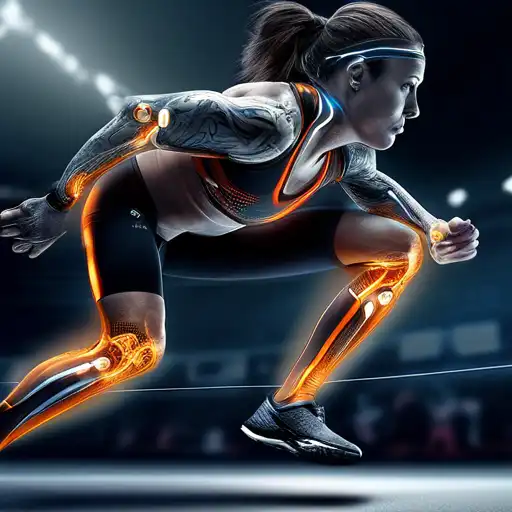Introduction to Wearable Tech in Sports
In the realm of competitive sports and personal fitness, wearable technology has emerged as a game-changer. These innovative devices are designed to monitor, analyze, and enhance athletic performance, offering insights that were once beyond reach. From tracking heart rate to measuring sleep quality, wearable tech provides athletes with the data needed to push their limits.
The Evolution of Wearable Technology for Athletes
Wearable technology has come a long way from simple pedometers. Today's devices are equipped with advanced sensors capable of tracking a wide range of metrics such as speed, distance, elevation, and even hydration levels. This evolution has been driven by the demand for more detailed and accurate data to optimize training and recovery.
Key Benefits of Wearable Tech for Athletic Performance
- Real-time Feedback: Instant access to performance data allows athletes to make immediate adjustments to their training.
- Injury Prevention: By monitoring stress levels and body mechanics, wearables can help prevent overtraining and reduce the risk of injury.
- Enhanced Recovery: Tracking sleep and recovery metrics ensures athletes are fully prepared for their next workout or competition.
- Customized Training Plans: Data collected from wearables can be used to tailor training programs to the individual's specific needs and goals.
Top Wearable Technologies for Athletes
Several wearable devices stand out for their ability to enhance athletic performance. Smartwatches like the Apple Watch Series and Garmin Forerunner offer comprehensive tracking features. Meanwhile, specialized devices such as the Whoop Strap focus on recovery and strain monitoring, providing athletes with a holistic view of their physical condition.
Integrating Wearable Tech into Training Regimens
To maximize the benefits of wearable technology, athletes should integrate these devices into their daily training routines. This involves setting clear goals, regularly reviewing the data, and adjusting training based on the insights gained. Coaches and trainers can also use this data to provide more personalized guidance and support.
The Future of Wearable Tech in Sports
The future of wearable technology in sports looks promising, with advancements in AI and machine learning paving the way for even more sophisticated devices. These future wearables will likely offer predictive analytics, further enhancing performance and preventing injuries before they occur.
Conclusion
Wearable technology has revolutionized the way athletes train, compete, and recover. By providing detailed insights into every aspect of performance, these devices empower athletes to achieve their full potential. As technology continues to evolve, the possibilities for performance enhancement are limitless.
